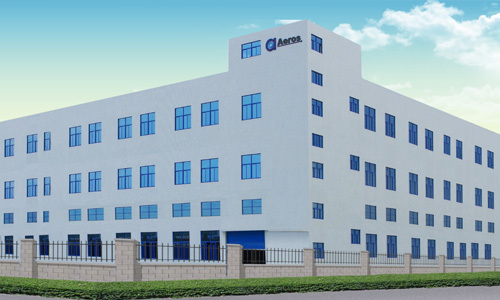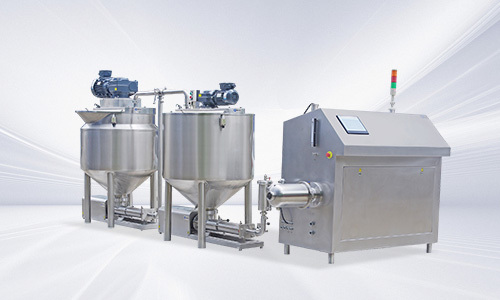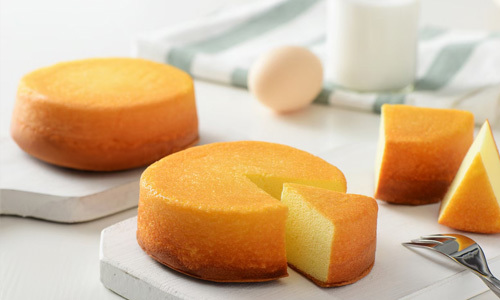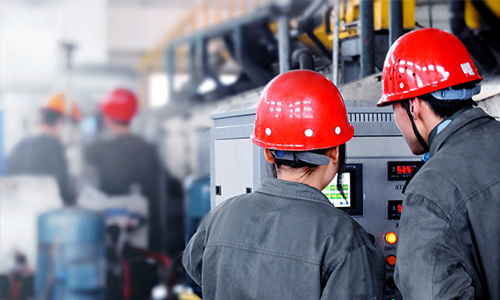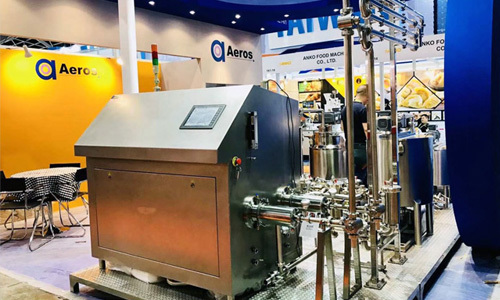Unlocking Efficiency: The Essential Guide to Muffin Production Lines

2025/06/11
---
Muffin production lines are specialized systems designed to automate the process of muffin manufacturing, which can significantly enhance efficiency and consistency in food production. These lines integrate various stages of the muffin-making process, including mixing, baking, cooling, and packaging, all while minimizing labor costs and maximizing output.
One of the primary components of a muffin production line is the mixer. This machine is crucial for combining ingredients like flour, sugar, eggs, and leavening agents. Advanced mixers can ensure uniform mixing, which is vital for achieving the desired texture and flavor in muffins. Automation in this stage not only saves time but also reduces the risk of human error, ensuring that every batch meets quality standards.
Following mixing, the batter is typically transported to a depositor, which portions the mixture into muffin trays. This step is critical for ensuring that each muffin is of consistent size and weight, contributing to a balanced final product. Some advanced systems even allow for ingredient customization, such as adding fruits or nuts, directly at this stage, providing flexibility to meet diverse consumer demands.
Baking is another essential stage, where temperature and time must be meticulously controlled to create perfectly risen and moist muffins. Modern muffin production lines may incorporate high-efficiency ovens that utilize convection heat for even baking. Additionally, some systems feature automated cooling conveyors that allow muffins to cool down before packaging, preventing condensation that can lead to spoilage.
Packaging is the final step in the muffin production line and plays a vital role in maintaining product freshness. Automated packaging systems can wrap or box muffins quickly and efficiently, ensuring they are ready for distribution. These systems can also include features for labeling, which is essential for compliance with food safety regulations and for providing consumers with important product information.
In summary, muffin production lines are an integral part of the food manufacturing process, offering numerous benefits, including increased production speed, improved consistency, and reduced labor costs. By understanding the various components and processes involved, manufacturers can make informed decisions that enhance their production capabilities. The choice of a suitable muffin production line ultimately contributes not only to operational efficiency but also to the overall quality of the final product, ensuring customer satisfaction and loyalty in a competitive market.
Muffin production lines are specialized systems designed to automate the process of muffin manufacturing, which can significantly enhance efficiency and consistency in food production. These lines integrate various stages of the muffin-making process, including mixing, baking, cooling, and packaging, all while minimizing labor costs and maximizing output.
One of the primary components of a muffin production line is the mixer. This machine is crucial for combining ingredients like flour, sugar, eggs, and leavening agents. Advanced mixers can ensure uniform mixing, which is vital for achieving the desired texture and flavor in muffins. Automation in this stage not only saves time but also reduces the risk of human error, ensuring that every batch meets quality standards.
Following mixing, the batter is typically transported to a depositor, which portions the mixture into muffin trays. This step is critical for ensuring that each muffin is of consistent size and weight, contributing to a balanced final product. Some advanced systems even allow for ingredient customization, such as adding fruits or nuts, directly at this stage, providing flexibility to meet diverse consumer demands.
Baking is another essential stage, where temperature and time must be meticulously controlled to create perfectly risen and moist muffins. Modern muffin production lines may incorporate high-efficiency ovens that utilize convection heat for even baking. Additionally, some systems feature automated cooling conveyors that allow muffins to cool down before packaging, preventing condensation that can lead to spoilage.
Packaging is the final step in the muffin production line and plays a vital role in maintaining product freshness. Automated packaging systems can wrap or box muffins quickly and efficiently, ensuring they are ready for distribution. These systems can also include features for labeling, which is essential for compliance with food safety regulations and for providing consumers with important product information.
In summary, muffin production lines are an integral part of the food manufacturing process, offering numerous benefits, including increased production speed, improved consistency, and reduced labor costs. By understanding the various components and processes involved, manufacturers can make informed decisions that enhance their production capabilities. The choice of a suitable muffin production line ultimately contributes not only to operational efficiency but also to the overall quality of the final product, ensuring customer satisfaction and loyalty in a competitive market.
Muffin Production line

